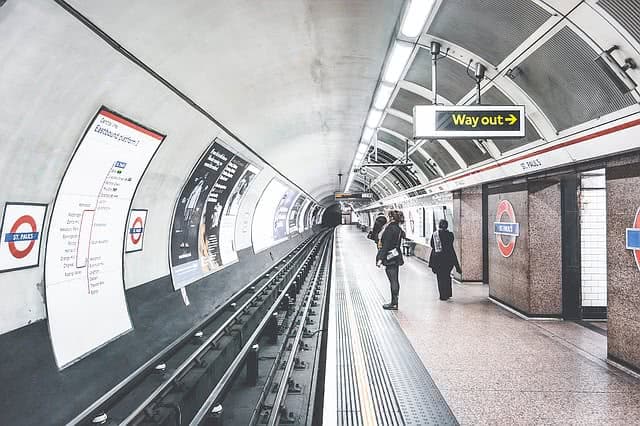Metros or subways are increasing in cities worldwide. New York and London were one of the first cities in the world to have efficient railway systems and are still one of the best in the world. But even Indian cities are catching up with cities such as Bangalore still in the recent stages of getting a fully functioning subway system, but Delhi as the capital city has an established subway system which has been one of the oldest and regular in India. Smaller cities in India are also catching up with cities such as Bhopal and Nagpur, trying to invest in Metro. This article will look at four good metro systems in India, which are transforming the public transport system in Asia. Although there are many emerging Indian metro systems, many of these are often not listed in global rankings, although they can be in the future.

The four emerging and transformative Metro systems in India are as follows:
1) Delhi Metro: Pacing the way forward for other Indian cities, Delhi Metro has proven invaluable for local citizens and residents of India. As a more affordable and cleaner means of transport compared to buses or autos, it is one of the most well-used Metro systems in India and the world. With almost 2 million people riding on the Metro every day, it is one of the most popular means of transport in the world. As the Economic Times has stated: “Some 200 trains cover 70,000 km every day on 190-km-long Metro corridors in Delhi. The numbers have increased once 140 km in new lines were added by 2016.” This is a major feat for a developing country and it can set an example for transport systems in Asia and worldwide. It is one of the most well-connected means of transport in Delhi and very popular among the locals, particularly while commuting to the central city area.
Related: Facts about Delhi Metro, India, Good Public Transportation – A necessity for sustainable settlements
2) Bangalore Metro: Known as ‘Namma Metro’ in Kannada (translated to “our Metro” in English) the Metro system in Bangalore is underway. Similar to Mumbai and most other cities in India, it is also at it’s developing stage with a few lines presently running. It is currently the second largest operational Metro system after the Delhi Metro in India. Bangalore Metro runs from the Cubbon Park Metro Station which has a few connections to different areas of the city, particularly the outskirts of the city. Purple Line and Green Line are currently underway with the purple line running from Biyyappanahalli and Mysore Road connecting from CBD (Cubbon Park). The Green Line also connects from Cubbon Park to Nagasandra to Yelachenahalli. These are mostly outskirts of Bangalore and not in the primary location of the city. The Metro still needs to connect within the city to all neighborhoods and this will take around 5 to 10 years to complete. Because of its affordable price and speed of the train, it is perceived positively by Bangaloreans.
3) Mumbai Metro: Although still at the building stage, similar to most Metro systems in India, there are a few connections currently being operated in the Mumbai Metro. It currently consists of one operation line from Versova-Andheri-Ghatkopar, which will only increase with time. It is said to be built in three phases over a 15-year period, with the overall completion to be expected in 2025. The first phase of the project is under completion and is only used by people who wish to travel on the specific Metro lines. There are a total of 10 Metro lines which will operate once all the projects are completed. Compared to Delhi, it is definitely at its nascent stage, suggesting that it might become well used after completion.
4) Hyderabad Metro: Hyderabad Metro is also one of the few completed Metro systems in India. Although this was recently completed in 2017, it is the only Metro system in India that has the stretch of 30 kilometers. This stretch from Miyapur to Nagole, consisting of 24 stations was open to the public in 2017 by the current Prime Minister Narendra Modi. This Metro is also widely used by the population of Hyderabad and is affordable with similar standards to other Metros in India. They also have a ladies only coach for the safety of women because of harassment issues that are present on Indian modes of transport. The rush hours are the busiest which is obviously the most well-used time period for the locals of the city. There are three lines – Blue, Red, and Green connecting all the stations in the city. Similar to other mentioned Metros, this has transformed transportation in India.
Related: Transit Map Quiz
The above four cities are chosen because they are the four emerging cities in India that have paved the way towards Metro rail transportation for the country. Most of the other cities do not have a developed Metro system and are still emerging and developing. A few other mentions of cities where Metros in India are completed and running are – Lucknow Metro and Kochi Metro. Cities that are developing Metro systems in India range from Ahmadabad, Noida and a few others. This article should give a comprehensive overview of emerging Indian cities that have transformed the rail network and transportation system in Indian cities, particularly through Metro Systems. This is a concept in Urban Planning that India should be rightly proud of!